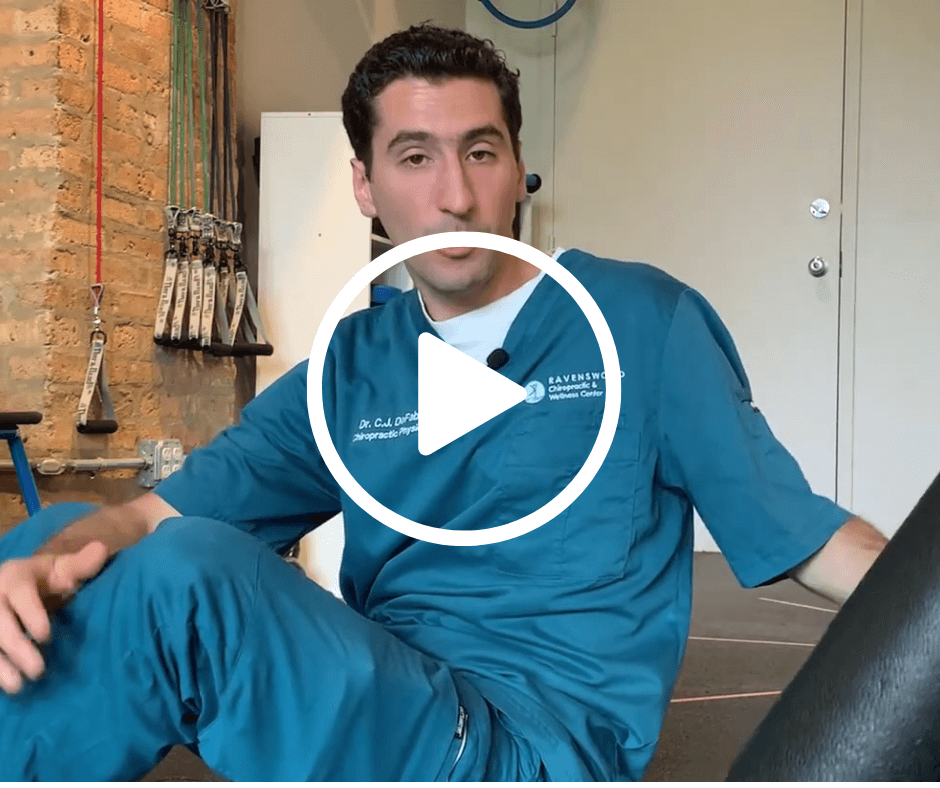Three Simple Stretches to Help Improve Your Hunchback Posture
Three Simple Stretches to Help Improve Your Hunchback Posture
What can start innocently enough as texting and scrolling through your phone can eventually become much worse with time. Dowager’s Hump, or kyphosis, is when the head juts forward, creating a hunch in the upper back. While it might not be entirely curable for some people, there are stretches that you can do to improve your condition, posture, and physique.
Let’s review the types of kyphosis and the three stretches you can do to get rid of Hunchback and improve your overall quality of life.
TYPES OF KYPHOSIS
Studies show that between 20% to 40% of adults develop hunched back, usually from poor posture. Kyphosis is most common during adolescence when the bones are going through a rapid growth phase. There are three types of kyphosis:
Congenital Kyphosis: When a baby’s spine doesn’t develop properly while in the womb, this can cause congenital kyphosis. The condition tends to worsen with age, but postural stretches and exercises can improve the condition somewhat. Typically, surgery is needed to see the best results followed by daily practice of hunchback stretches.
Postural Kyphosis: This is the most common form of kyphosis. As the name implies, the condition is caused by consistently having poor posture. Simply standing up straight and making an active effort to maintain a proper posture is the best line of defense against this type of hunched back. You can also perform daily stretches, which we’ll cover below.
Scheuermann’s Kyphosis: This is a severe form of kyphosis that can typically be seen developing during adolescence. When the person’s vertebrae have a triangular shape, they form wedges, resulting in a hunched back. Due to the severity of the condition, simple stretches and exercises will not eliminate this form of kyphosis, but medical intervention is possible.
3 STRETCHES TO HELP GET RID OF HUNCHBACK POSTURE
If you suffer from any of the types of kyphosis listed above, we advise you to see a qualified medical professional, someone who can provide you with a proper diagnosis and treatment plan. We regularly see improvements in kyphosis with our patients with the appropriate evaluation and interventions.
With that said, if you have postural kyphosis, there are three stretches that you can incorporate into your daily routine to improve your condition and posture.
Pectoral Stretch
When dealing with symptoms of Hunchback, you’ll often find yourself in a forward, folded posture. This stretch is meant to counteract that by stretching out the muscles in the front of our chest.
To perform the stretch, find a doorway where you can put your arm up at a 90-degree angle. Next, bring your leg back so you’re in a staggered stance with a stable base. Next, stand up nice and tall and slowly move your body weight forward until you feel a stretch through the front of your chest. Hold for about 20 seconds before bringing your weight back. Then, you can do the stretch again, going a little bit further this time.
You don’t want to make any quick, jerking motions while you’re doing this stretch, and if anything starts to hurt, it’s likely a sign that you’re over-stretching.
Thoracic Extension
Thoracic Extensions focuses on your upper and mid-back, the direct source of where the issue is likely happening. To perform this stretch, you’re going to need a foam roller handy.
Lay your foam roller down length-wise, so it’s in line with your spine. Then, sit down in front of the roller and lay down so the roller lines right up with your mid-back. Get settled in your position and stay there for 30 seconds to 2 minutes, whatever feels comfortable for you to hold.
Chin Tucks
The forward, folded posture that goes along with Hunchback can put a lot of strain on your neck. That’s where Chin Tucks come in, acting as a tension relief for your neck.
To perform a chin tuck, sit down in a chair and sit up nice and tall. Then, look straight ahead, place two fingers on your chin, and tuck your chin in. It will kind of feel like you’re clenching the bottom part of your jaw. Hold for a few seconds, then return your chin to its normal position. Do about ten reps, up to but not through any pain.
It’s Possible to Get Rid of Hunchback
Have you noticed that you are constantly slouching? Do you feel tightness and soreness in your upper back? Think you might be suffering from kyphosis? Let us help you!
Our team of certified experts has years of experience correcting postural distortions and kyphosis. So give us a call at 773-878-7330 to chat about how we can get you back on the road to perfect posture.
References
1. Katzman WB, Wanek L, Shepherd JA, Sellmeyer DE. Age-related hyperkyphosis: its causes, consequences, and management. J Orthop Sports Phys Ther. 2010;40(6):352–360. doi:10.2519/jospt.2010.3099.
Dr. DeFabio D.C. is a highly regarded chiropractor in Chicago who focuses on helping his patients achieve optimal health and wellness. He takes a holistic approach to care, treating symptoms and addressing underlying issues to promote long-term healing. Dr. DeFabio D.C. is passionate about empowering his patients to take control of their health and live their best lives. You can find him surfing, skateboarding, and volunteering at the Lakeview Food Pantry when he’s not in the office.










